Qatar MotoGP Brake Infographic, Provided By Brembo

Brembo has been in the braking game for a long time, and supplies braking components to 21 of the 23 riders in MotoGP this year. So it has plenty of data compiled over the years. In this infographic, provided by Brembo, the Italian company breaks down (pun not intended) the Qatar circuit, turn by turn.
There’s quite a bit of information contained in the graphic above, but let’s look at a few items. First, Brembo categorizes the Qatar track as a medium in terms of the punishment it puts on the braking components. Because the track is mostly flowing, without many stop-and-go corners or hard braking zones, the equipment isn’t being taxed at every turn.
Interestingly, Brembo calculates that, throughout the course of the 22-lap race, one MotoGP machine will produce 6.7kWh of braking energy — that’s more energy than the 5.7kWh the Zero FX carries onboard with its two-battery setup.
Looking at the braking chart itself, it’s no surprise the hardest braking zone comes at the first turn, as its relatively sharp radius is preceded by the longest straight on the course. Riders will be applying the brakes right as they reach 357 kmh, or nearly 222 mph! They’ll be on the brakes for 263 meters (863 feet), applying 8kg of force on the brake lever, or 17.6 lbs, at the point of maximum braking.
If you like knowing the forces involved in slowing a MotoGP motorcycle, the chart above is full useful information. Brembo has set up a mini site, motogp.brembo.com, with detailed charts and infographics of all the tracks the MotoGP calendar will visit throughout the season, updated just before the grand prix weekend.

Troy's been riding motorcycles and writing about them since 2006, getting his start at Rider Magazine. From there, he moved to Sport Rider Magazine before finally landing at Motorcycle.com in 2011. A lifelong gearhead who didn't fully immerse himself in motorcycles until his teenage years, Troy's interests have always been in technology, performance, and going fast. Naturally, racing was the perfect avenue to combine all three. Troy has been racing nearly as long as he's been riding and has competed at the AMA national level. He's also won multiple club races throughout the country, culminating in a Utah Sport Bike Association championship in 2011. He has been invited as a guest instructor for the Yamaha Champions Riding School, and when he's not out riding, he's either wrenching on bikes or watching MotoGP.
More by Troy Siahaan



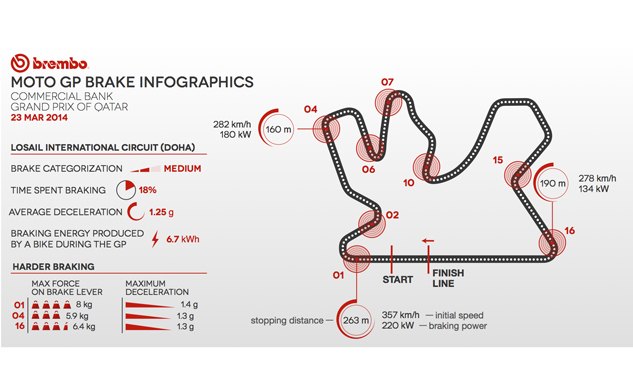
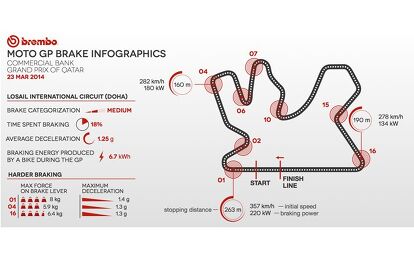



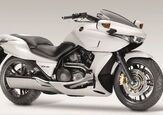
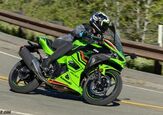
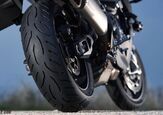
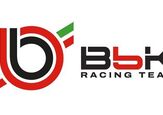

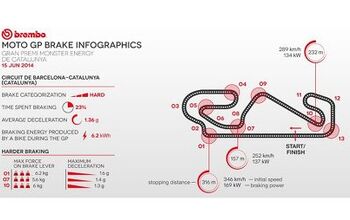
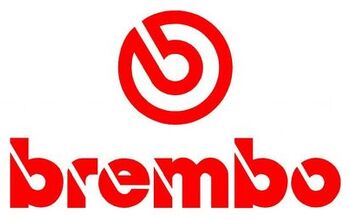
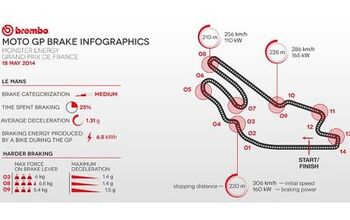
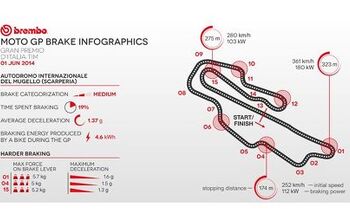
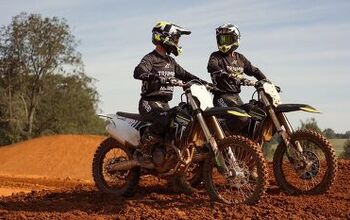
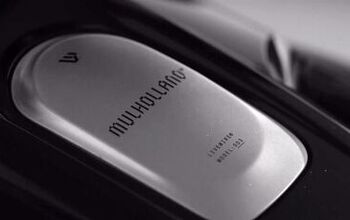
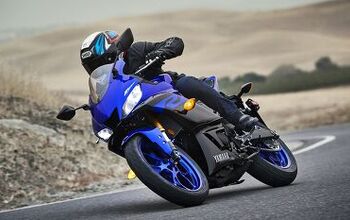
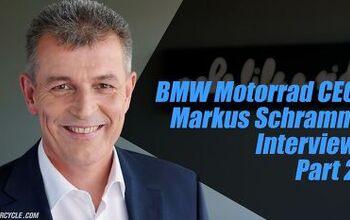
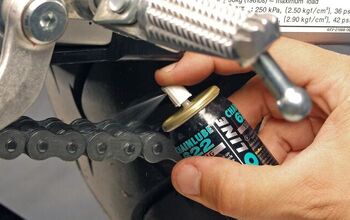
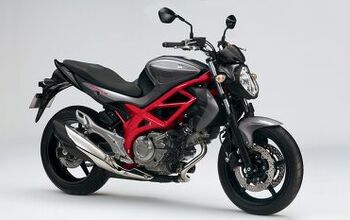
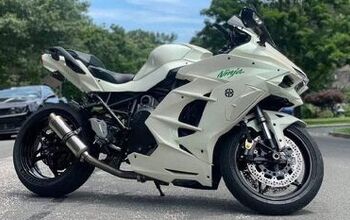
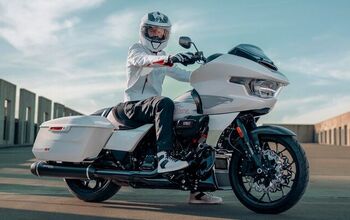
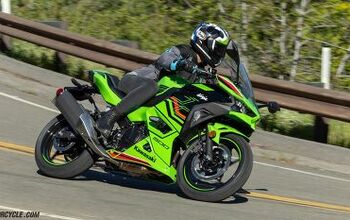
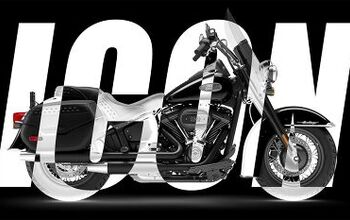
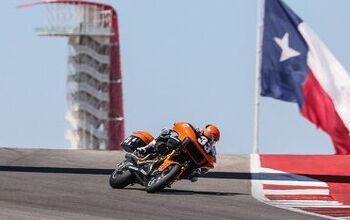
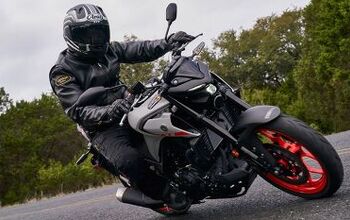
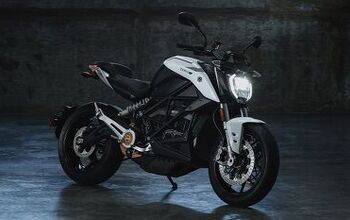
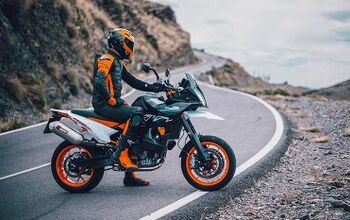
Comments
Join the conversation